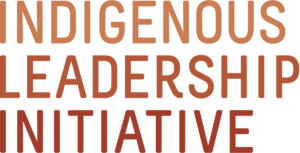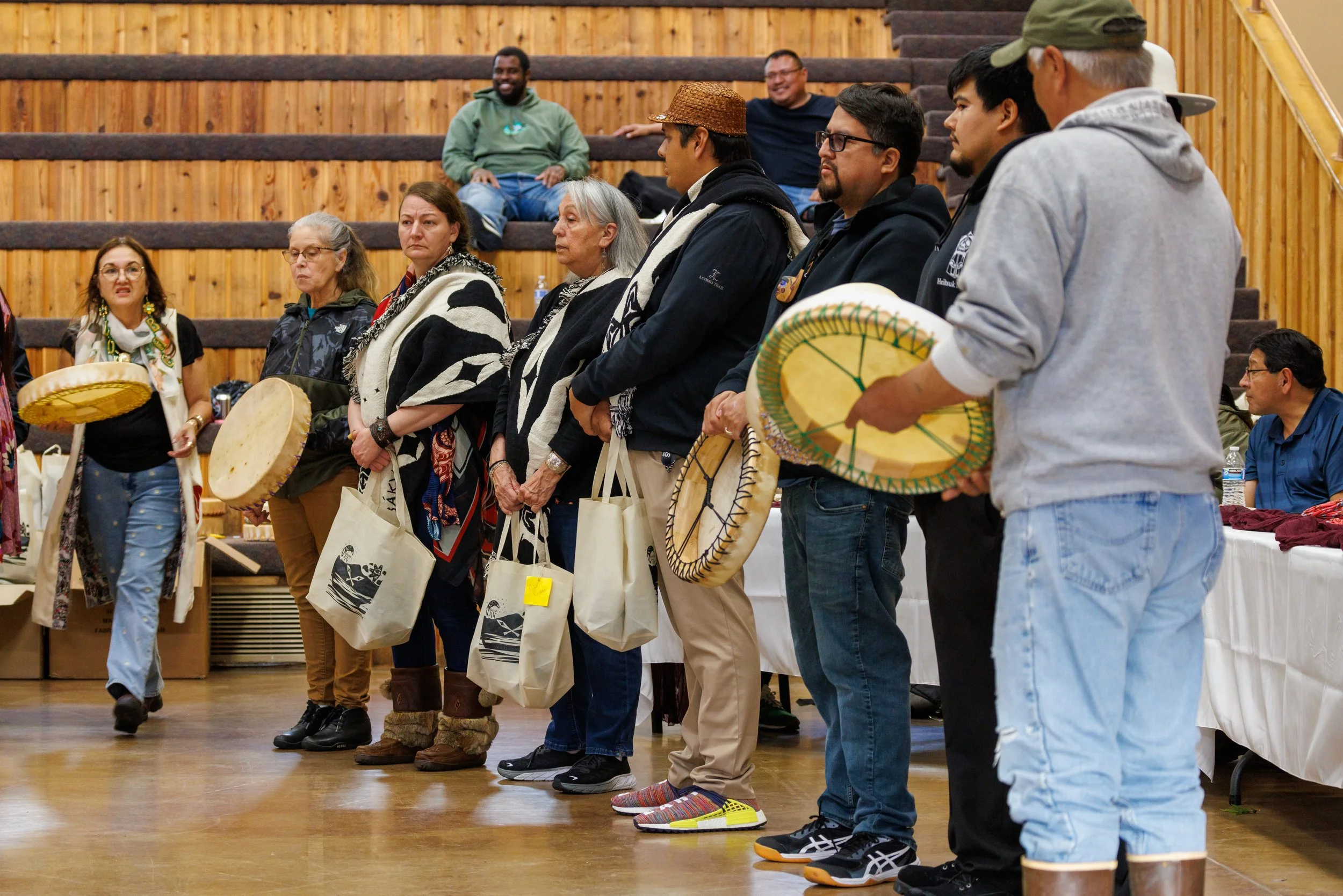Indigenous-led Conservation Is Key to Achieving COP16 Biodiversity Goals
October 22, 2024
By Valérie Courtois
For the next two weeks, heads of state, ministers, and over 15,000 delegates will gather in Cali, Colombia to measure global progress on sustaining biodiversity. We often hear dispiriting updates about environmental challenges, and no doubt countries need to do much more, but the loss of biodiversity is a problem we can solve. Indigenous Peoples are already leading the way.
Indigenous Peoples love and care for the majority of the world’s remaining intact ecosystems—from the Boreal Forest in what is now known as Canada to the rainforests of Amazonia and beyond. Supporting Indigenous-led conservation and stewardship is the most effective solution for sustaining biodiversity into the future.
That’s why when the Indigenous Leadership Initiative and our partners travel to Cali, we will be:
Uplifting Indigenous-led conservation and stewardship
Calling on countries to respect and support Indigenous rights and decision making, and
Highlighting innovative ways to finance Indigenous leadership in conservation on the land.
Members of the Dehcho AAROM Guardians collect water monitoring samples for the K'atl'odeeche First Nation, Northwest Territories.
Turning Countries’ Pledges into Action
This United Nations Biodiversity Conference, or COP16, is the first major convening since 196 countries adopted the Global Biodiversity Framework in Montreal two years ago. It is known as the “implementation” COP, where countries must demonstrate how they plan to achieve the ambitious goals they committed to, including protecting 30% of lands and waters by 2030.
One of the best ways to move from vision to reality is to support Indigenous-led conservation. In Canada alone, Indigenous Nations lead the biggest conservation initiatives in the country.
In the Northwest Territories, for instance, three large-scale Indigenous Protected and Conserved Areas (IPCA) have been established, and taken together, they are the size of Coast Rica. In northern Manitoba, four First Nations are working to create the Seal River Watershed Indigenous Protected Area. At 50,000 sq km, it will become the largest land-based protected area in Canada. Scores of similar IPCA initiatives are underway in Canada.
Meanwhile, over 200 Indigenous Guardians programs care for lands and waters across the country. They manage IPCAs, monitor species, and respond to climate impacts. They also conduct research, like the Land Guardians from the Seal River Watershed Alliance—who will be on the ground in Cali—whose findings showed their homelands are a haven for over 100 migratory birds species at a time when birds are rapidly losing habitat elsewhere.
The Government of Canada recognizes the central role of Indigenous-led conservation in sustaining biodiversity. Canada’s national biodiversity strategy and action plan states, “There is no path to achieving our 2030 targets without the expertise and leadership of First Nations, Inuit, and the Métis Nation, and transformative change must centre bold, Indigenous-led measures.” The federal government has also funded many IPCAs and Guardians programs.
But to live up to the promises made in the Global Biodiversity Framework, countries must not only center Indigenous Peoples’ contribution in national biodiversity strategy and action plans, but also make sustained investments in Indigenous-led solutions that will achieve biodiversity goals.
Indigenous land stewards from across the United States gather on the Lummi Nation, Washington State to explore creating a national network for tribal stewardship.
Indigenous-led Stewardship Movement Is Growing
One of the most inspiring elements of COP16 will be seeing the growth of Indigenous-led stewardship movement. Examples are multiplying:
In Australia, Indigenous Protected Areas represent 50% of the country’s National Reserve System, and over 120 Indigenous Ranger programs help manage lands and waters.
In the United States, Tribally led stewardship programs are caring for territories from Alaska to Virginia. These programs—sometimes called Guardians—monitor species, co-manage lands, and revitalize language and culture. The number of programs is growing, and many are exploring a national network to link and support their work.
In Brazil, organizations such as Apitikaxi and Apiwa in the Tumucumaque and Paru d'Este Indigenous Lands are working to strengthen the governance and protection of their territories by creating an Indigenous fund.
These are just a few of the many ways Indigenous Peoples are honouring the responsibility to be Guardians of the land and water.
At COP15, the ILI built the Indigenous Village in downtown Montreal to showcase the work of Indigenous Peoples from the region, Canada, and around the world in sustaining biodiversity. We shared models from our homelands, and celebrated the increasing recognition of Indigenous-led conservation and stewardship.
Two years later, the movement has grown, and more lands, waters, and communities are benefiting from Indigenous leadership on the land. We are learning from each other, and we are gaining strength together. As we gather at COP16, we will offer this hope for the future of our planet. Our survival as a species is dependent on the actions we take in advancing meaningful and effective solutions.
Celebrating Indigenous-led conservation initiatives from around the world at the Indigenous Village built by the Indigenous Leadership Initiative for COP15 in Montreal in 2022.





